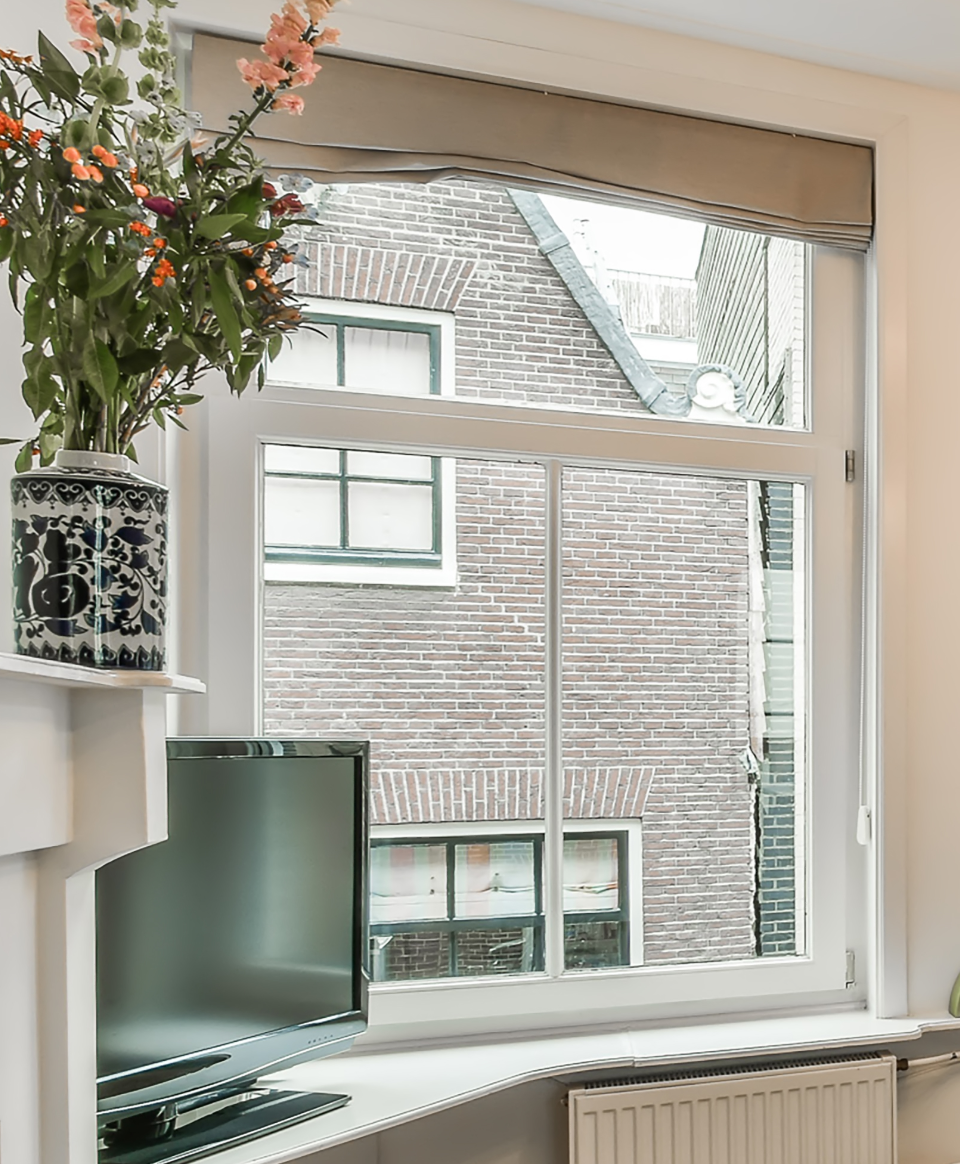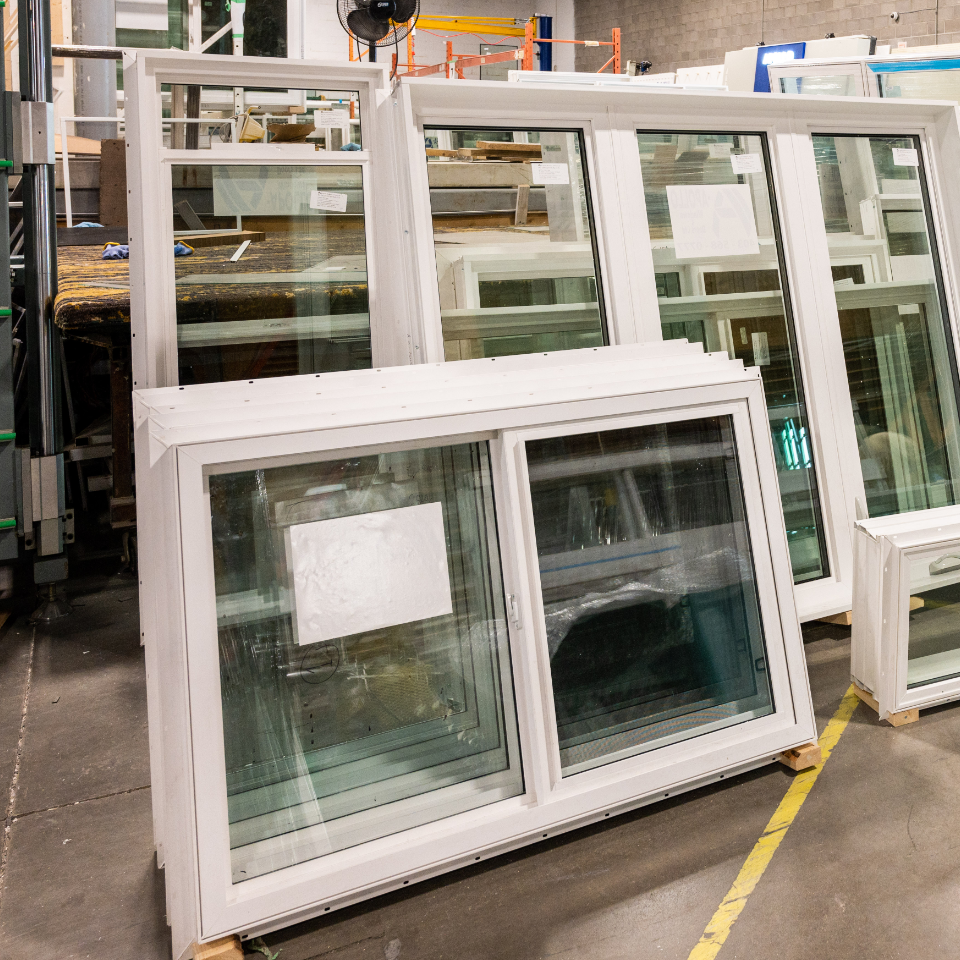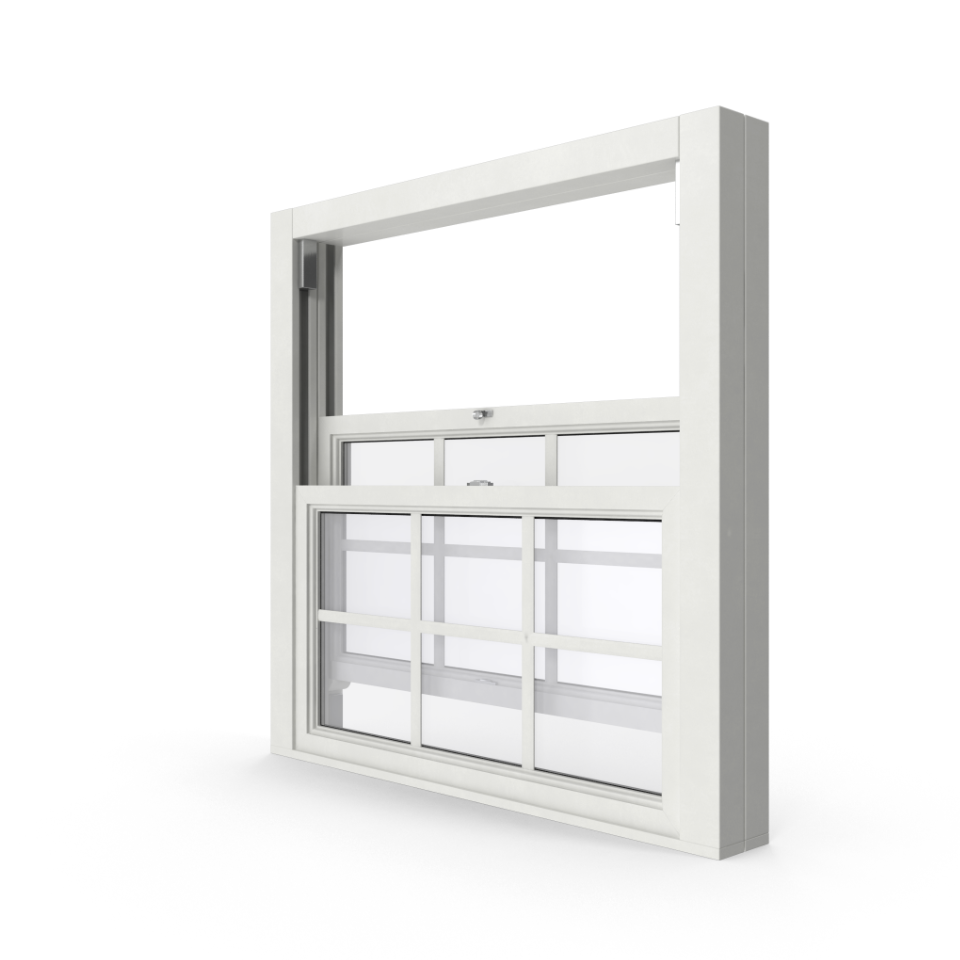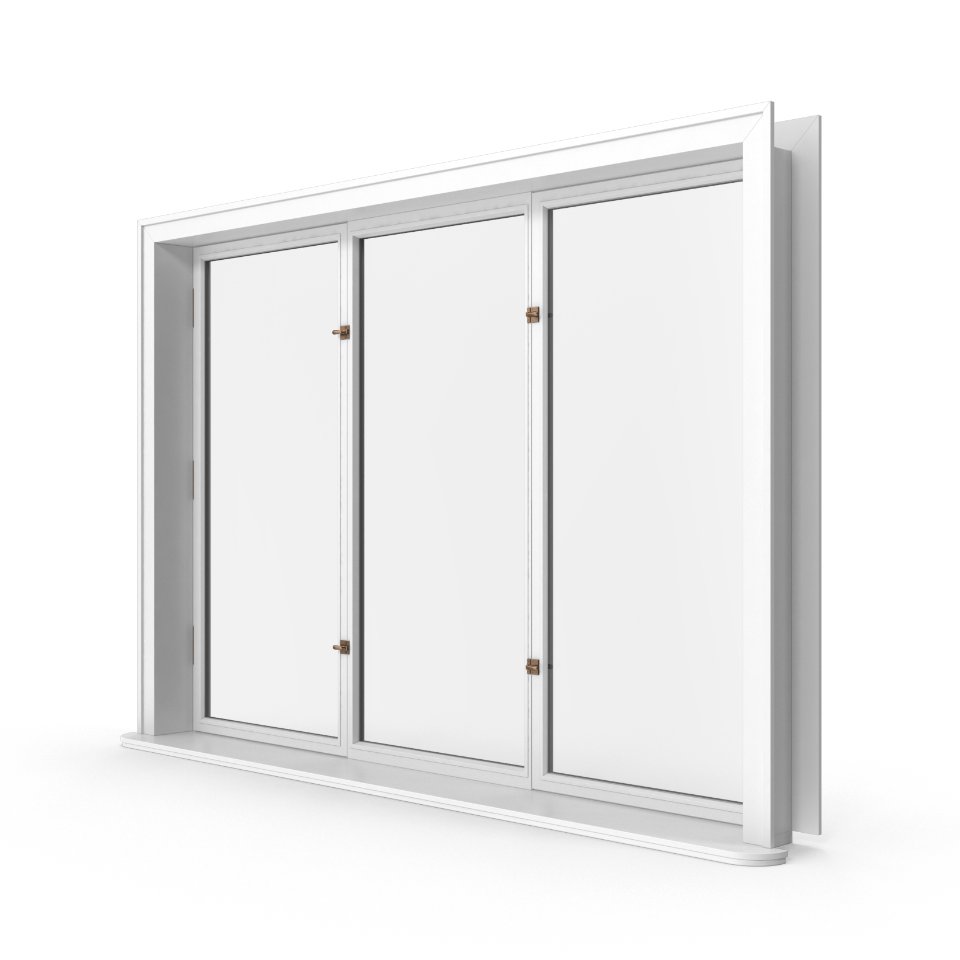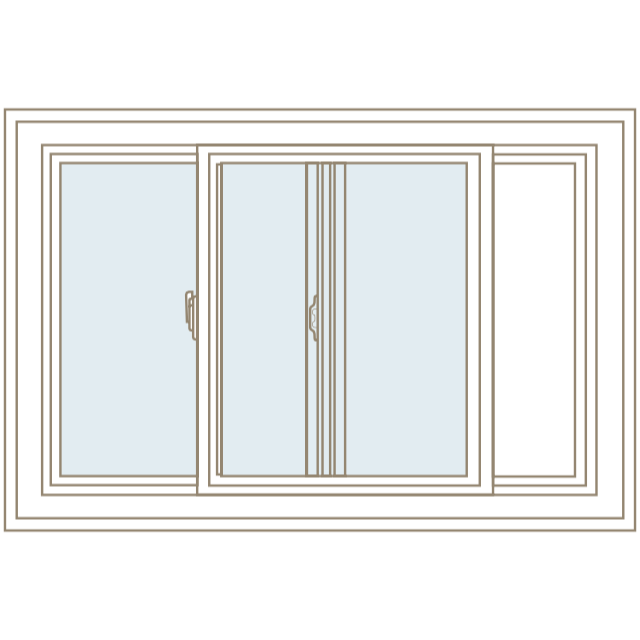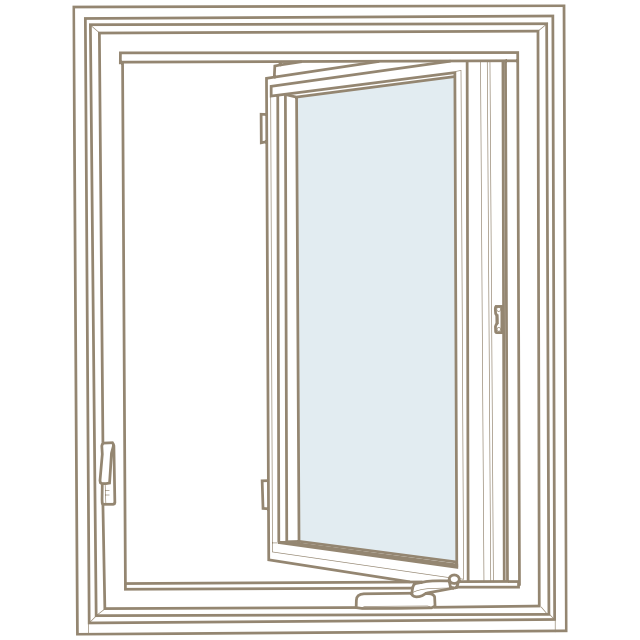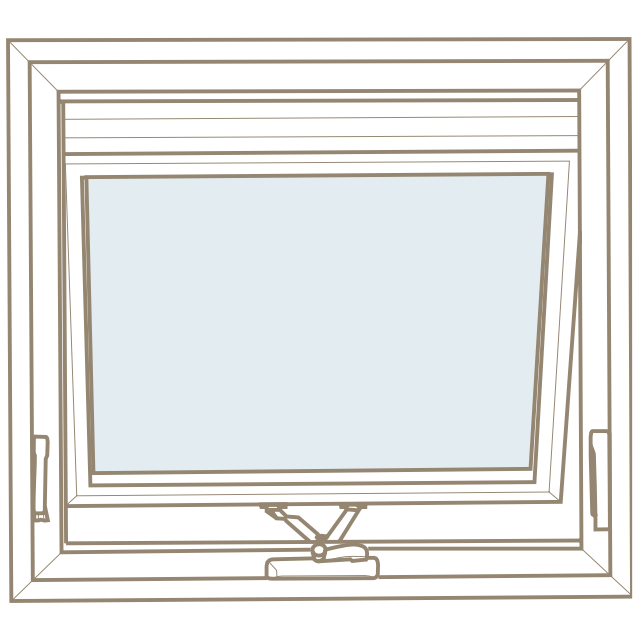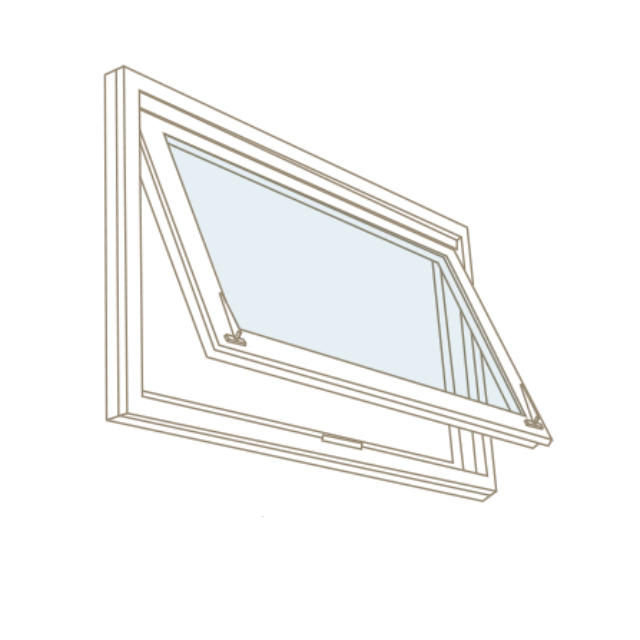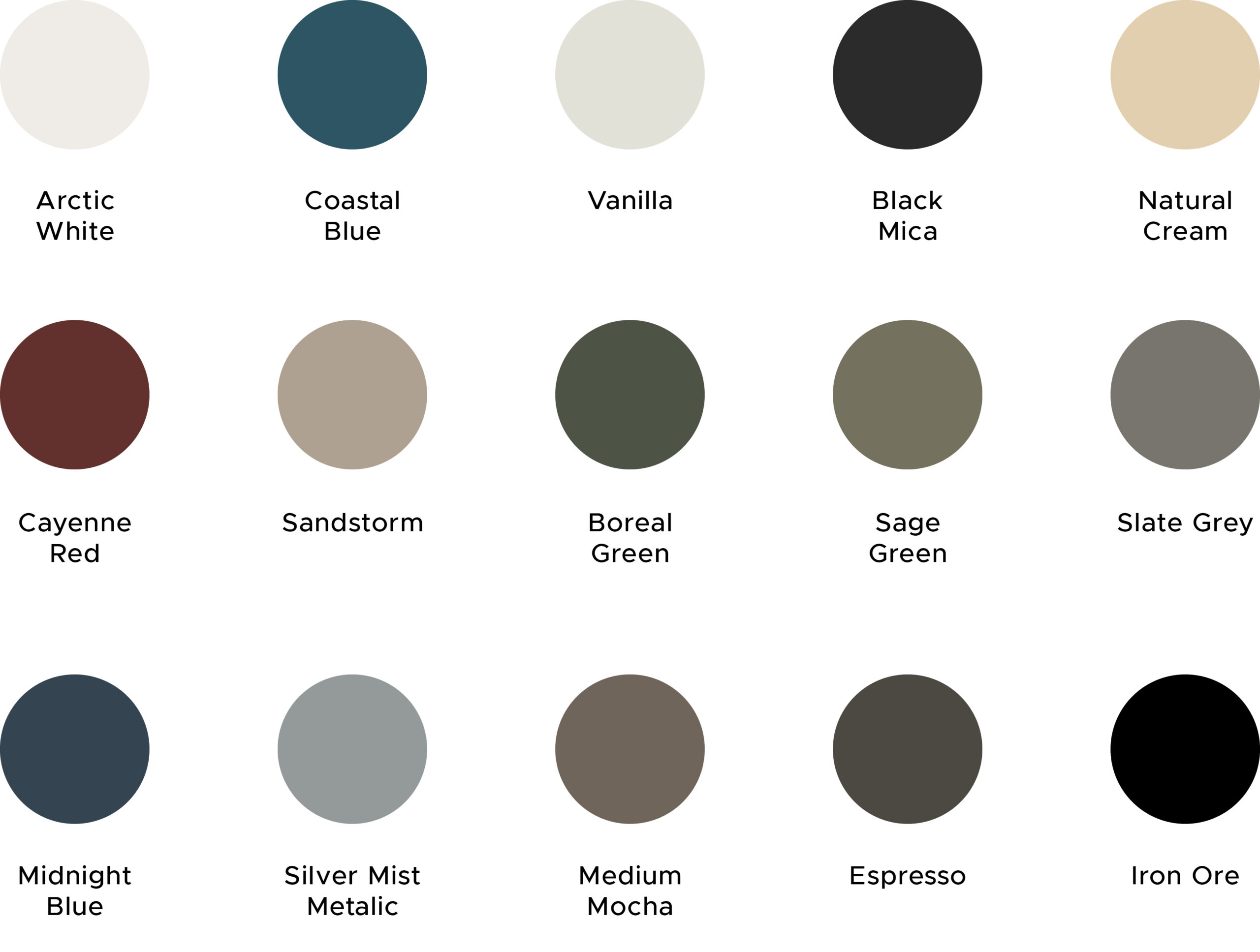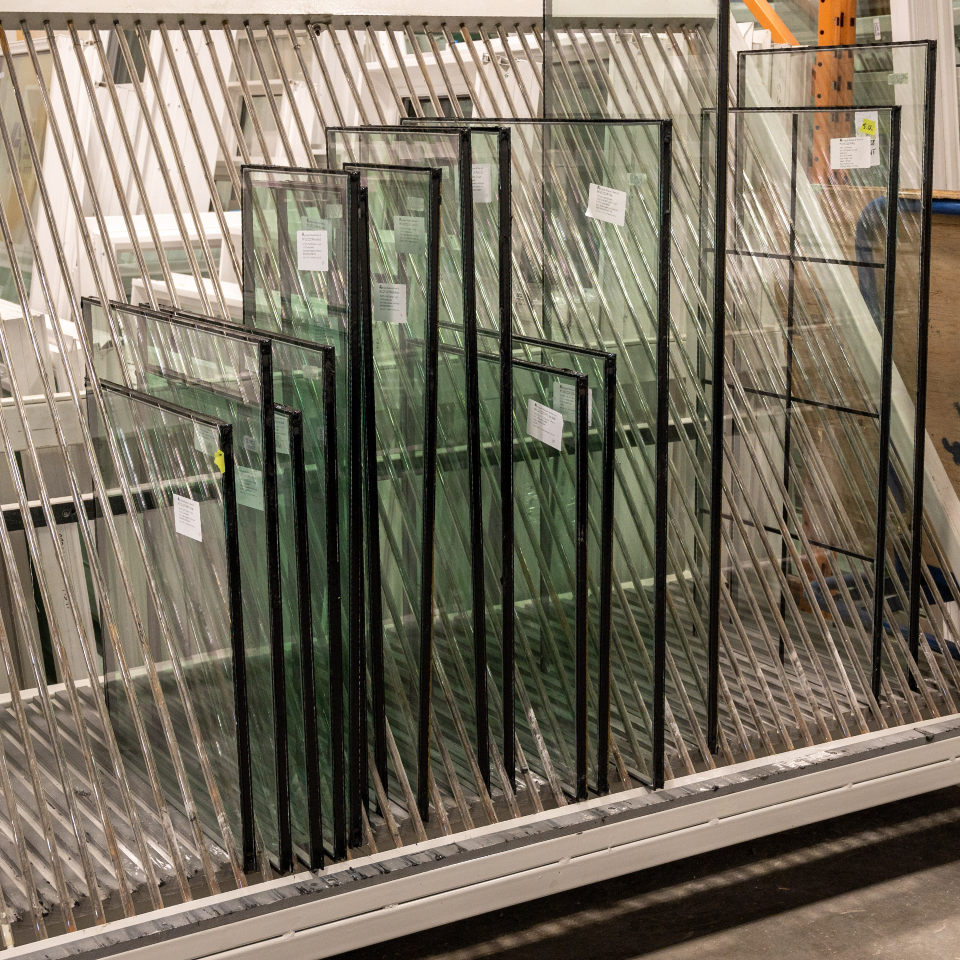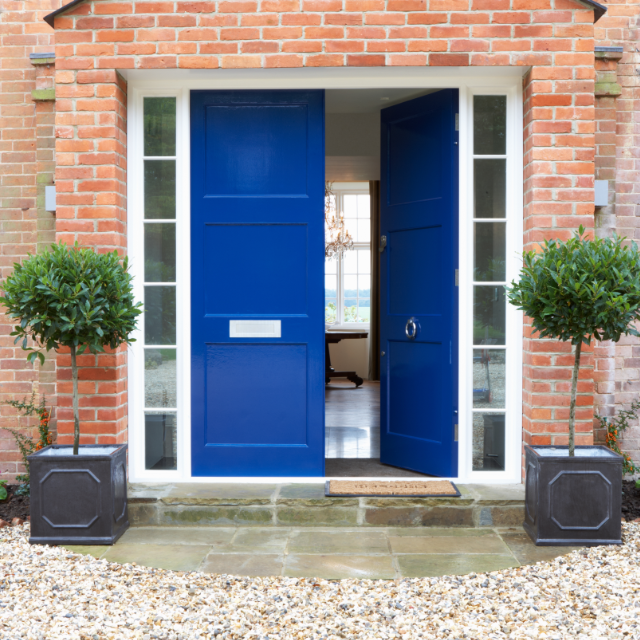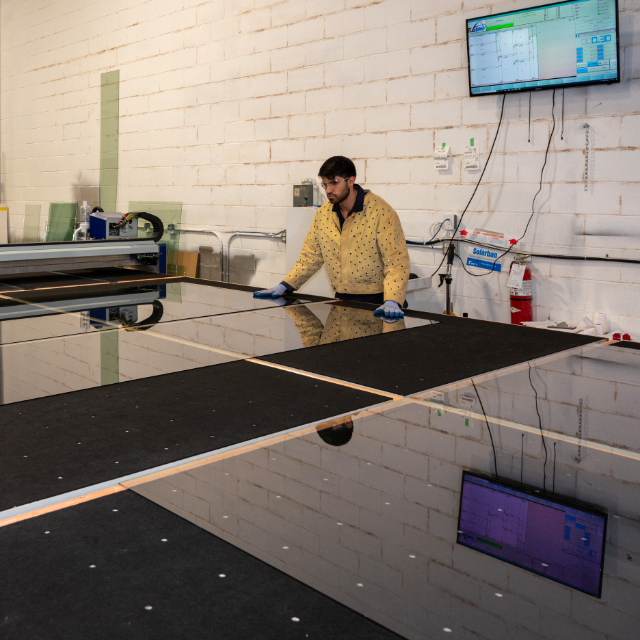Vinyl Frame Windows
Replacing old windows with high-quality double-pane or triple panes-units. units is a great first step toward increasing your home’s energy efficiency, but you don’t have to stop there. Modern technology has led to the development of window enhancements that can help your windows perform even better.
Window coatings are applied to the Insulated Glass (IGU) during the manufacturing process. A coating cannot be removed or applied after installation. If energy efficiency is your main goal, ask us about low-E glass for your new windows.
Low-E glass is coated with a micro-thin layer of silver material that blocks the sun’s rays from entering your home, thus reducing solar heat gain during the summer. In the winter, low-E glass reflects the heat from your HVAC system back into the house, which helps keep your utility bills low and reduces strain on your heating system.
Windows play a large role in the efficiency of your home. But they can also be a big source of unwanted heat gain and loss. As the cost of energy rises, electricity bills become a burden. And, with up to 40%1 of heat energy lost through your windows, improving your windows’ efficiency can reduce energy costs.
What are double glazed windows and how do they work?
Double glazed windows are closed units made using two pieces of glass which are separated by an air gap of at least 12mm.2 The gap is sealed, and acts as a break between the inside and outside pieces of glass. The air gap is filled with gas which increases the insulation between the glass pieces. Double glazed windows are highly efficient, reducing your heat loss or gain by up to 30% when compared to single-glazed windows.
Double glazing works much like woollen clothing and fibreglass batts. It traps air between the two layers. Glass is a good heat conductor, which means heat transfers straight through your windows without double glazing. On the other hand, air is a poor heat conductor, so the trapped air sets up insulating protection between cool air on one side and warm air on the other.
The Differences Between Single, Double, And Triple Glass Windows
1.- The single-pane windows feature a single pane of glass, which is held together inside a frame. These windows come in a range of materials and styles.
2.- The double-pane windows feature two panes of glass inside a frame. These windows trap gas like argon between the two pieces of glass to improve home insulation.
3.- The triple-pane windows are designed with three pieces of glass. Similar to the double-pane windows, each panel features spaces around each edge to provide a space that is uniform between each layer. The seal between the panes results in airtight windows. Gas is also used to fill up the spaces between the panes for even better insulation. When you compare the U-factor between double and triple pane windows, the triple-panes offer an average of a 20 to 30 percent improvement when it comes to energy ratings.
Other benefits include:
- Energy-efficient
- Sustainable and environmentally friendly
- Reduces outdoor noise
- Durable with low maintenance
- Increases the value of your house
- Less condensation on your windows
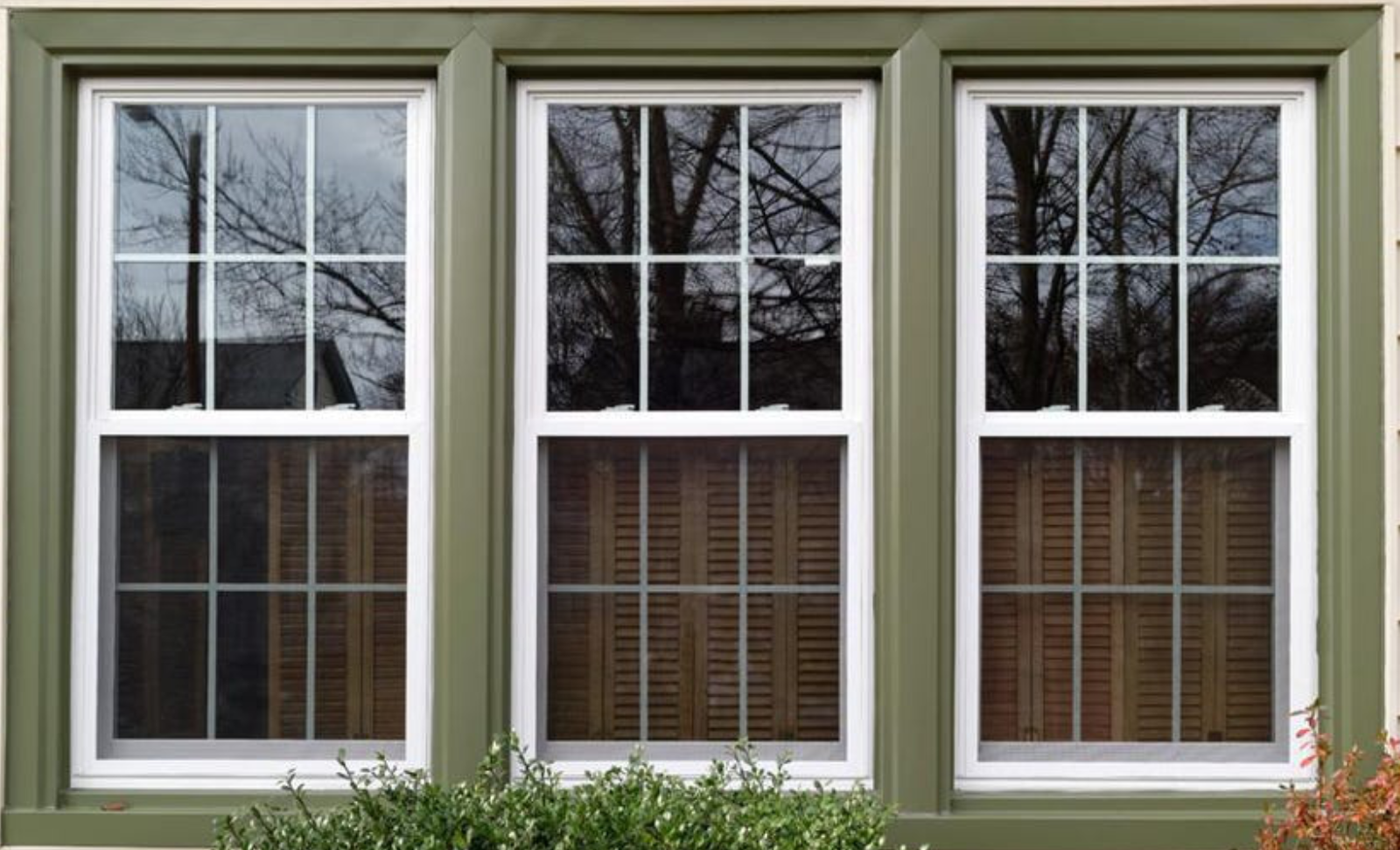
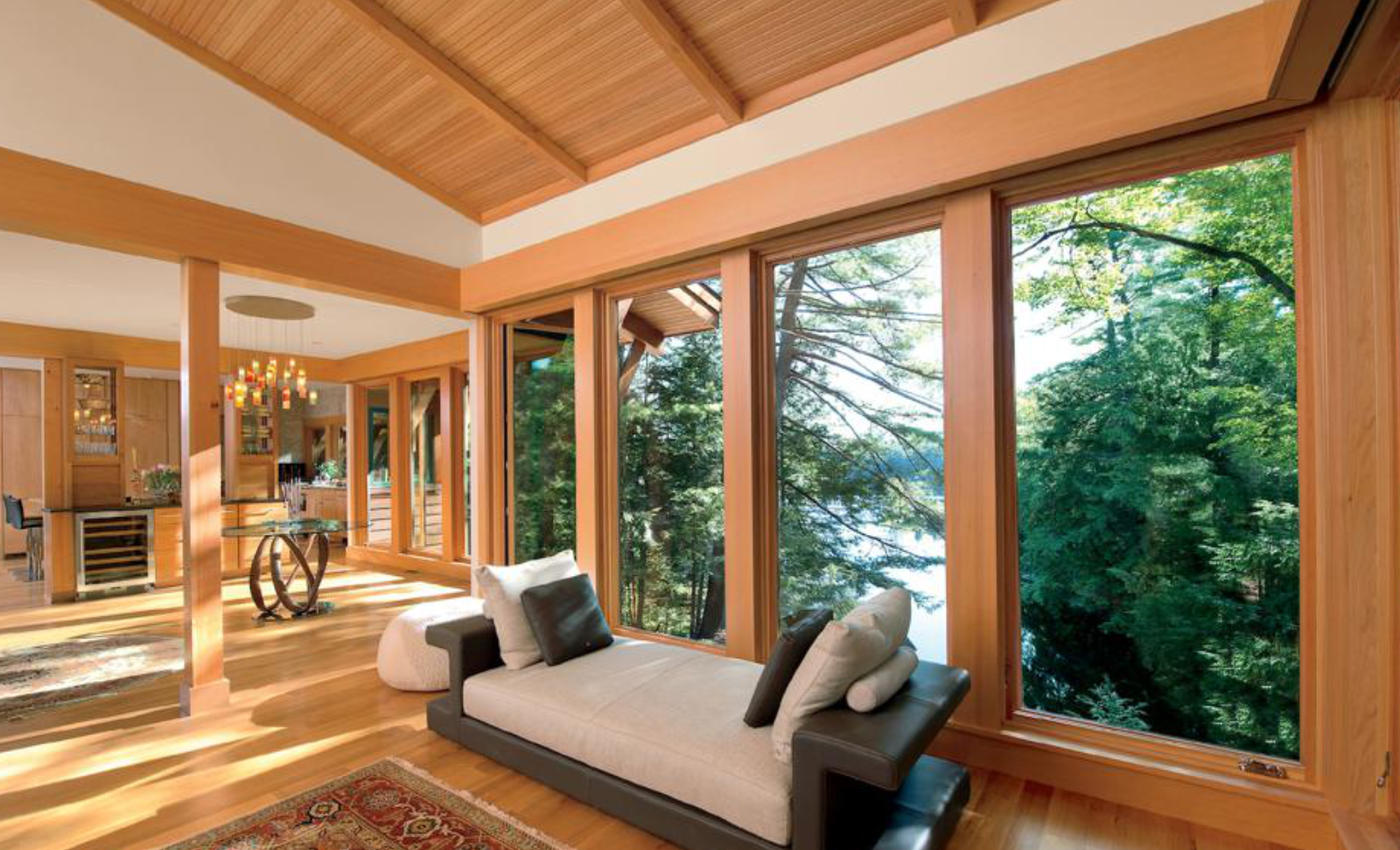
- Vinyl Windows Energy Efficient
- Home safety Increased
- Home Value Enhanced
What is Low-E glass?
First, the “E,” which stands for emissivity. Emissivity is a measure of how much thermal energy (such as sunlight or indoor heat) is absorbed by or reflected away from a material. In the case of ordinary clear glass, emissivity is pretty high: The glass absorbs heat from the sun and transfers that heat through to the other side of the glass. When you lower the emissivity of the glass, it reflects the heat rather than absorbing it, limiting the effect on the other side of the glass and increasing the glass’ insulating value.
Low-E or “low-emissivity” glass is achieved by applying one or more extremely thin layers of metallic particles to the glass, allowing it to act like a sieve: Long wavelengths, or heat, are filtered out, while short wavelengths (the visible light spectrum) are allowed to pass through. By changing the types of particles used in the layers of Low-E, and by increasing or decreasing the number of layers, different Low-E glass types can be created that meet specific climate and project needs.
Low-E coatings can be applied to both the exterior and interior glass surfaces of a window or door and deliver comfort and energy savings in both directions. On an exterior glass surface, a Low-E coating can reflect the heat of the summer sun or the cold of winter away from the home. On an interior surface, a Low-E coating reflects back the existing indoor temperature. That’s why we often say that Low-E glass options help to keep homes “cooler in the summer and warmer in the winter.”
We should note here that Low-E glass is only one element of an energy-efficient window or glass door. Double-pane glass is much more insulating than single-pane; triple-pane is even better. Insulation is also improved with the addition of argon or krypton gas in the sealed space between the panes of glass. Multiple Insulated Glass (IGU) allow for multiple surfaces to receive Low-E coatings, depending on performance needs. And all of this glass is typically held in place by thermally-efficient window frames or doors with insulating cores. But don’t worry about figuring this out on your own. An Apollo representative can help you find the options that meet your specific needs.)

